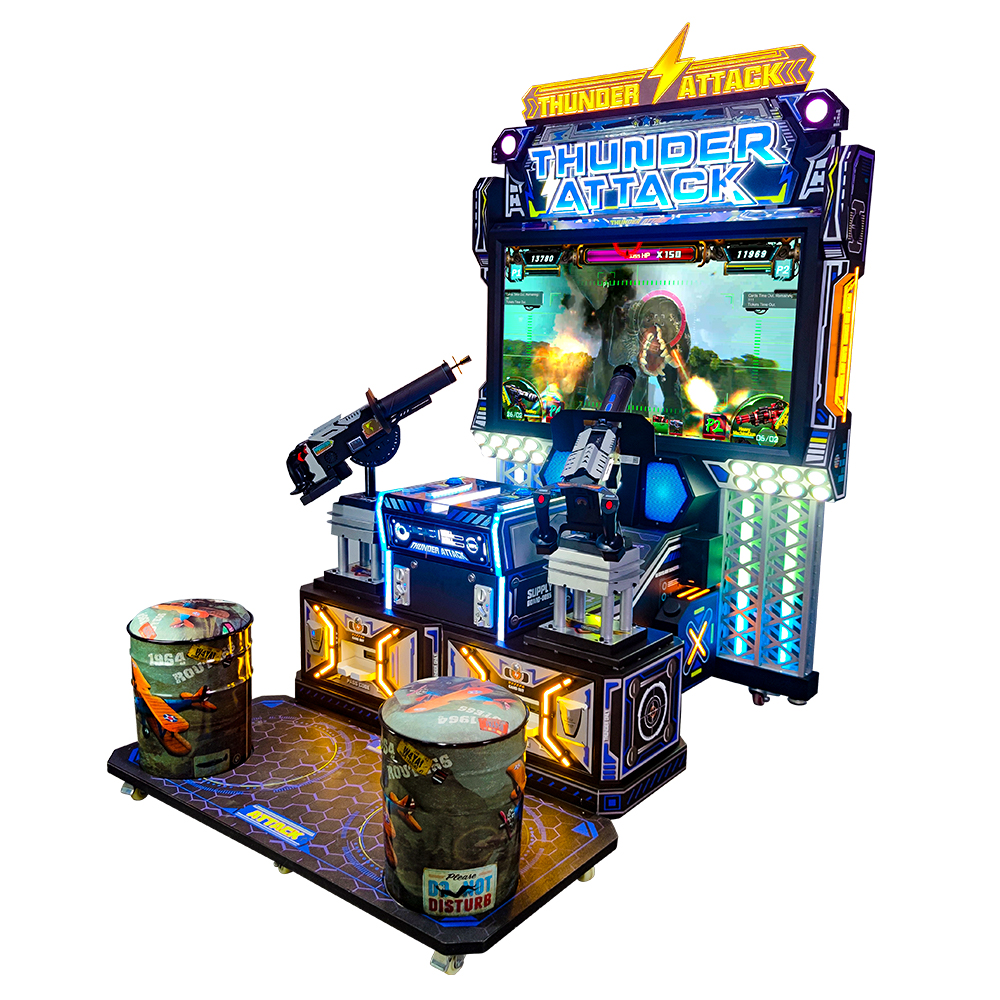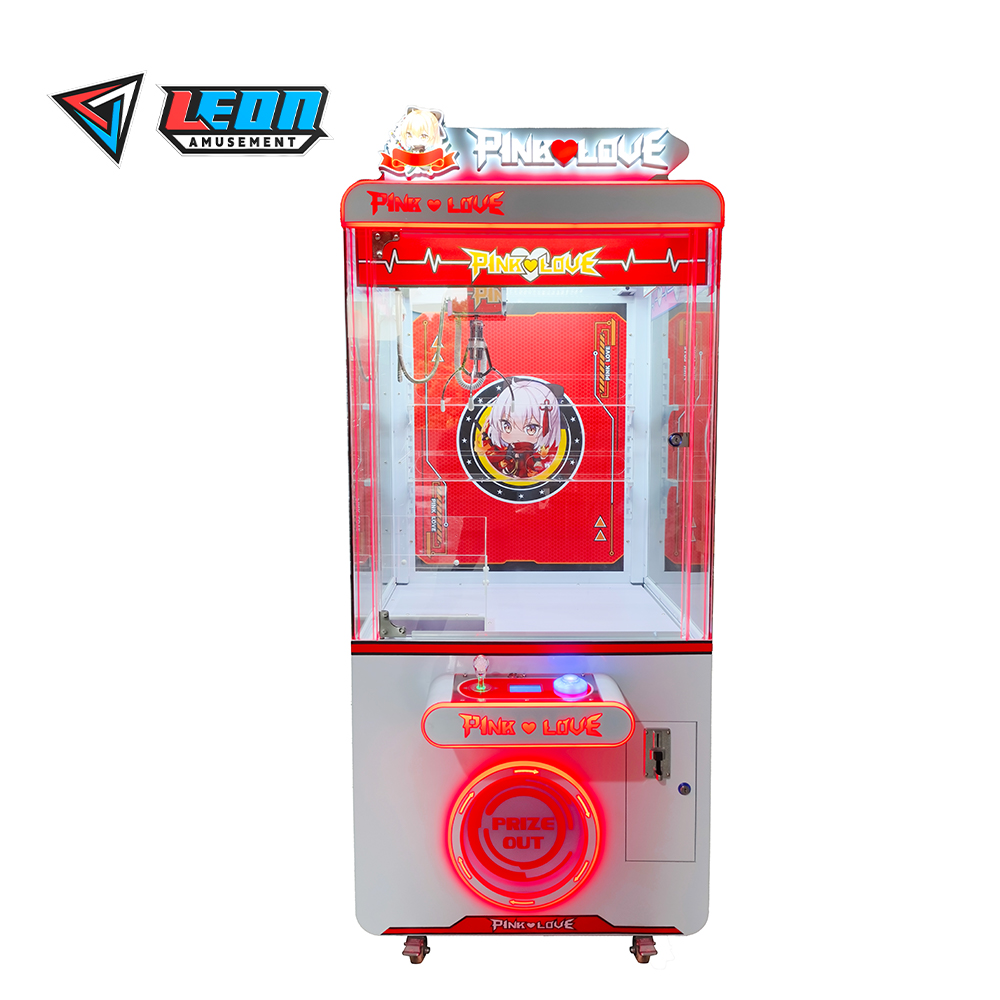Six enduring arcade classics include Pac-Man, Space Invaders, Donkey Kong, Street Fighter, Tetris, and Galaga, each offering unique challenges and gameplay.
Table of Contents
TogglePac Man
Origins and Impact
Developed in 1980 in Japan by Namco, Pac-Man became a cultural phenomenon. At the heart of the game is its distinctive gameplay, a novel approach in which players must locate themselves in a maze, eating dots while avoiding ghosts. By the early 1980s, Pac-Man exploded beyond anyone’s wildest expectations, causing what was referred to as “Pac-Mania” to sweep the US. Pac-Man has become the second highest-grossing video game of all time (even after some inflation), and by 2023 generated total revenue of $14 billion.
Gameplay Mechanics
The object of the game was to help lead the hungry yellow character, referred to as the Pac-Man by landing him through a maze to scream up dots, known as Pac-Dots. The maze is guided by four multi-colored ghosts. The point: eat all the dots (well, we assume they are) without getting the cr*p scared out of you by the ghosts. While munching on dots, you also have to nab power pellets located in each corner of the maze, which enables you temporarily eat the ghosts and adds another layer of strategy. This simple but addictive game play format is known for the template for a lot of future arcade games.
Cultural Influence and Legacy
Pac-Man has reached iconic status, even beyond the gaming world of pop culture. It inspired other media such as television and music, and has been played on the Google homepage as an interactive doodle game in 2010 in honor of the 30th anniversary. Its iconic design and gameplay permeate into every gaming design classrooms as an essential piece in the evolution of video games.
Modern Renditions and Sequels
In the years that followed, Pac-Man went on to inspire numerous adaptations and sequels, such as “Ms. Pac-Man” and “Pac-Man Championship Edition. These games feature new mazes, better graphics and the same gameplay that made the original game a classic. The franchise been changed and tweaked, but the fact that the game still resonates with audiences in 2020 shows its place in a rapidly shifting video game industry.

Space Invaders
Developments & First release
Tomohiro Nishikado in 1978, the same year Space Invaders, Taito’s shoot-em-up that would be one of the first video games to break through to a global audience. It stood as a watershed moment within the arcade, and was imitated by countless games that followed. Taito had sold over 100,000 units in Japan and the United States by 1980, and is likely to have played a substantial part in expanding the arcade game market.
Gameplay Dynamics
Space Invaders offers a basic but compelling template where players control a laser cannon to destroy waves of predatory, all-encroaching aliens that (per the game’s brochure) “move with ever-increasing speed and zealotry deeper into the universe you protect. It plays as a test of mans ability to shoot at a man who moves increasingly fast, which was novel then. Gave the players an incentive to compete by adding a high-score system.
Innovations in Technology
This success that ultimatley revolutionized the business of arcades offered an important milestone in video game production and rewarded success in Space Invaders established the use of microprocessors in arcade machines,apparently blazing a new trail for video game development. It was also notable for being one of the first games with a continuous background soundtrack, its simple, looping bassline that got faster as the aliens did was key to the rising tension of the game.
Cultural Impact and Legacy
The impact of Space Invaders was so vast that it transcended the realm of arcades, and touched the fabric of popular culture itself while also changing the economic paradigms of the video game industry(sigma). During its height of popularity it helped create a 100-yen coin shortage in Japan. Expansions, inspired merchandise, the alien became a staple of the golden age arcade video gaming culture and was conceived as a representation of the 1980s era of video games.
Donkey Kong
Innovative Design and Creation
The video game industry hit a major milestone with Nintendo’s 1981 release of Donkey Kong. Released on Donkey Kong was designed by Shigeru Miyamoto and saw the very first appearances of gaming icons such as Mario, called Jumpman at the time. Donkey Kong – This was one of the first games that blended a story with the gameplay (a big ape tosses barrels at Mario as he tries to rescue a princess).
Gameplay and Mechanics
You control Mario as you navigate him across a series of platforms, avoiding obstacles to make your way to the top of the screen, where Donkey Kong will have Mario’s girlfriend Pauline hanging around. The game’s gameplay was a great advance on what it inpiried from, providing various horizontally free-form playfields with various designs and challenges—something that was not commonly seen on the screen in arcade games up to that time. By mixing timing, strategy, and snappy reflexes, it laid the groundwork for all platformers to come.
Cultural Impact and Reception
Donkey Kong became an enormous success that same year, ultimately spawning the iconic – and challenging – gameplay that quickly introduced the world to Mario, the star of the top-selling Super Mario series, a video game juggernaut. That massive profitability helped the game to gross over $180 million during its first year alone in the US market, proving the huge appeal of narrative-led platform games.
Legacy and Continued Influence
Donkey Kong is a popular example of Donkey Kong’s lasting impact on games in the history of platform games and narrative in the gameplay structure It helped firmly establish Nintendo itself as a major player in the gaming industry, and gave birth to a sprawling universe that would be the setting of dozens of subsequent sequels and spin-offs across a multitude of gaming apparatus of Mario, Donkey Kong, and more.
Street Fighter
Genesis and Evolution
Capcom first unleashed Street Fighter on the world in 1987, but it was 1991’s Street Fighter II that changed the face of fighting games forever. It was the second game in a series to implement character selection in a fighting game, a feature which became a staple in the genre. By the mid-90s, Street Fighter II had earned more than $1.5 billion and was, therefore, the most successful game in the arcade industry to date.
Core Gameplay Features
Street Fighter II gives players input to pick a variety of warriors to contend against, it has unique moves and combos for each fighter. It also features ripping limbs off from opponents playfully in a best two-out-of-three combat tournament where players riddle each other’s blood with pain for the highest score. In doing so, this KI setup not only catered to the competitive mind, but also the fickle competitive mind, so that mastering particular character moves and the like became essential to achieving success.
Competitive Scene and Influence
Street Fighter II was the game that launched the competitive gaming economy. It was the site of early large scale competitive video game tournaments that laid the foundation for what would become esports. It also introduced elements including a story that would be adapted and expanded upon to great acclaim in multiple formats, such as through film, comics and merchandise, going on to become a firm part of the pop culture lexicon.
Legacy and Modern Influence
It has remained popular in competitions with a long series of sequels and spin-offs, over the years, recently culminating in Street Fighter V. Counter-Strike paved the way for skillful gameplay and a diverse character roster in the genre, influencing dozens of other takes on the formula.

Tetris
Origins and Global Reach
Tetris was developed by Alexey Pajitnov in 1984, while he was working for the Soviet Academy of Sciences, in Moscow. Both a basic derivative of the traditional pentomino games of a game, and a forerunner of its: now high level Number Puzzle Game as played all over the world. So much so in fact, that by 1989 it had been released on virtually every computer and gaming platform, becoming a cultural phenomenon with over a 100 million copies sold across all versions.
Gameplay Mechanics
The mechanics of Tetris are simple, but deceptively so. The goal is to rotate and position the Tetriminos so they complete horizontal lines, with no gaps. The Tetriminos fall quicker and quicker as the game advances, making it a more frantic experience for the player that have to think quickly and react fast.
The Psychology and Gaming Perspective
While Tetris was the puzzle craze of the decade, the game itself spread far beyond gaming, and even entered the field of cognitive science. Well, research has proven that people who play Tetris tend to have more efficient brain function while playing and that playing Tetris can mitigate the effects of PTSD. The “Tetris Effect” of this game strengthens visual-spatial reasoning and cognitive health.
Long Lasting Popularity and Legacy
It might be simple, but Tetris is still so popular that it has spawned numerous takes and iterations on its core concept. It has been described as “one of the greatest video games ever made”, and is considered the progenitor of the real-time strategy genre, as well as being frequently cited as one of the best video games of all time. More so than in a game like Destiny or CoD, even a grandma could pick up and enjoy Tetris, since this simple game of stacking blocks has so much appeal to so many.
Galaga
Introduction and Game Development
A Sequel to the 1979 hit GALAXIAN, GALAGA is one of the most recognized and beloved…TRANSFORMERS Construct-Bots! By adding color, 3D boxes, and more intricate enemy patterns they were able to push the envelope of difficulty and technical progress when it was released to arcades. Galaga shot to the top in no time, securing its spot among the ranks of all-time arcade greats, and remaining operational in arcades worldwide long after its release.
Gameplay Dynamics
The player moves the spaceship left and right, and can fire at the swarms of alien ships arranged in rows that move left and right as they advance toward the bottom of the screen. A key feature of Galaga is the “Challenge Stage,” a bonus level which allows players to earn more points by hitting a large number of targets without missing any. This is what makes the game attraction to play continuously is its simplicity and increasing difficulty as you reach higher levels.
Strategic Elements and Innovations
It introduced many gameplay innovations, such as the ability to fire two shots simultaneously, and created the percent-of-a-life-meter amount of powerups. This strategy not only braced out the gameplay, letting players walk in places no other shooter at the era could allow, but also activated risk reward taking and careful planning that was rarely seen in other shooters of that time.
Cultural Impact and Legacy
Its immortalization in movies and TV shows helps to represent the nostalgia many view at classic gaming with, since the shadow of Galaga extends far beyond arcade screens. This, of course, helped push the shoot ’em up category forward, inspiring numerous of subsequent games. You can still find Galaga at retro game competitions today, and the game remains a classic among classic in the world of videogames.








